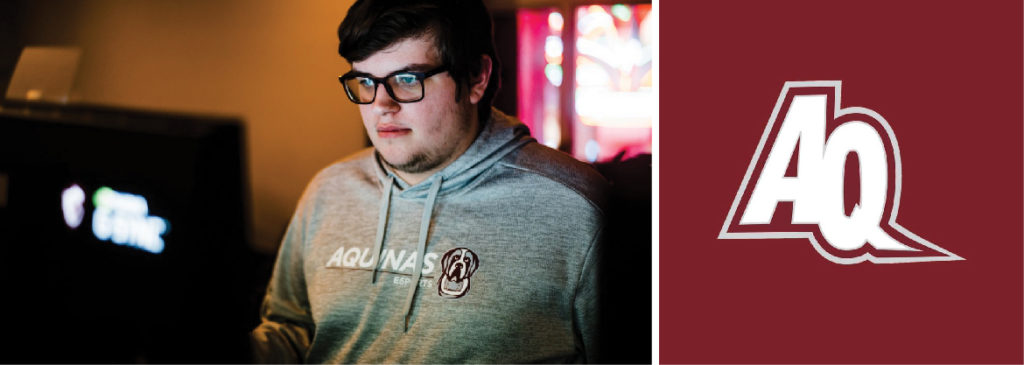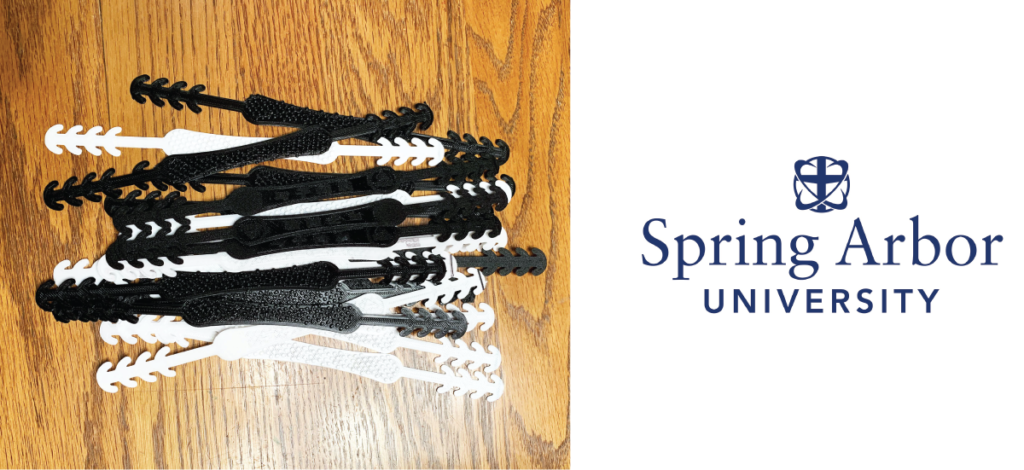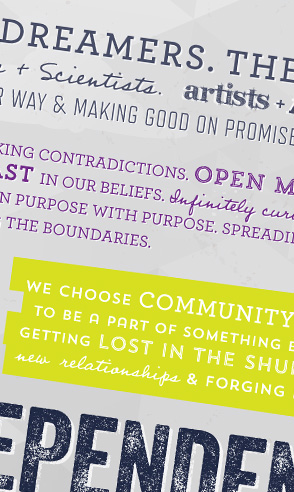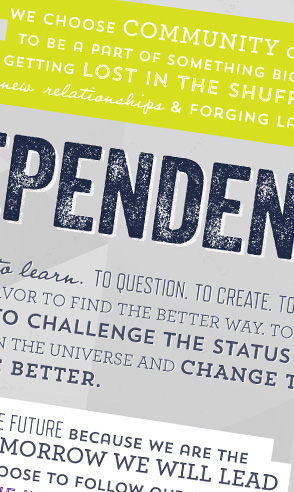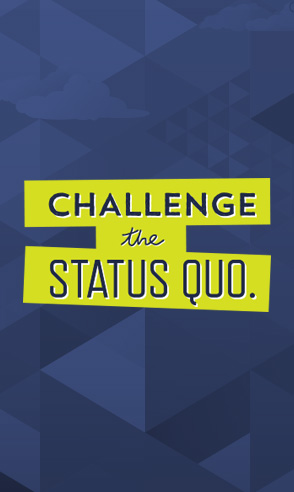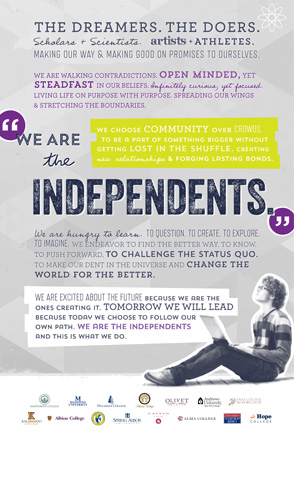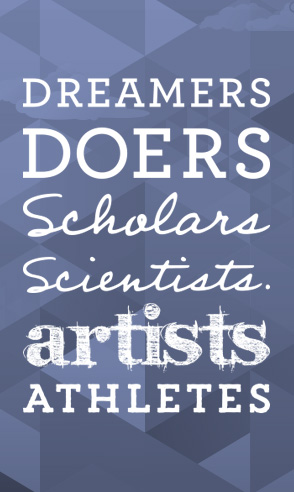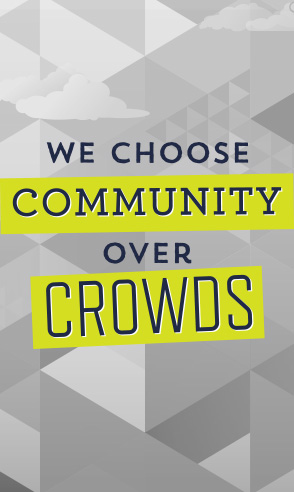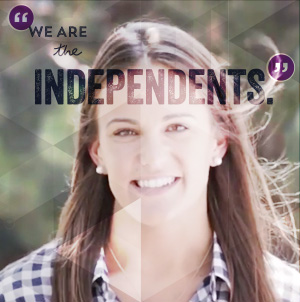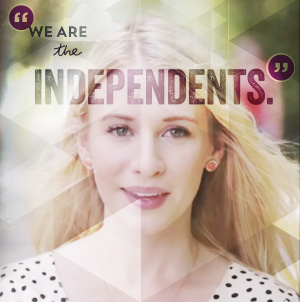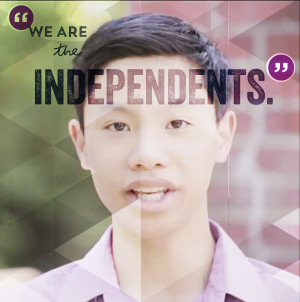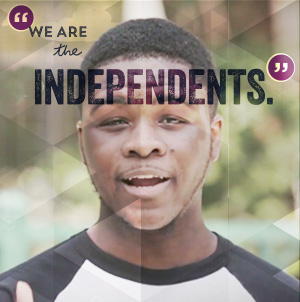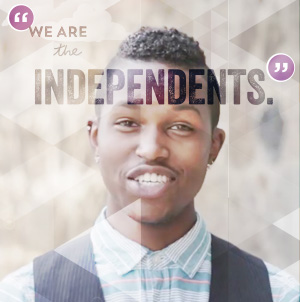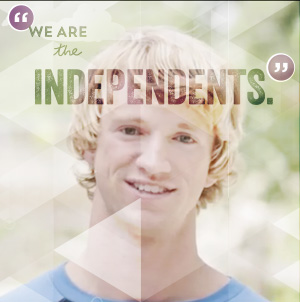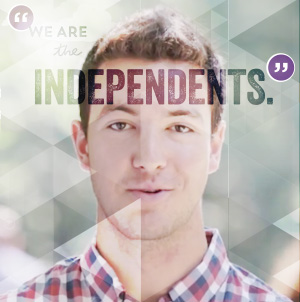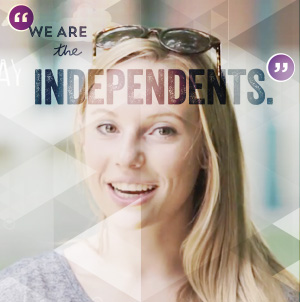Archive for June 2020
Aquinas freshman named esports All-American
Real-time strategy, teamwork, mental agility, split-second decision-making – these are some of the skills it takes to succeed in one of the fastest growing athletic programs in the country – esports.
Esports is a massive, global series of video game competitions, that is making serious inroads in the college sports arena.
The Aquinas College esports team just completed its first season and already one team member is making waves. Jon Schneck, an AQ freshman, was named an All-American by the National Association of Esports Coaches and Directors (NAECD)—one of only eight in the country.
“It was a little bit of a surprise that I would be an All-American because I don’t think of myself that highly,” Schneck said. “But it is great that I got recognized.”
Jon may have been caught off guard by the recognition, but head coach Adam Antor says it is well deserved because of his hard work and knowledge.
“He is kind of like the master knowledge base for the game,” Antor said of Schneck. “He knows more about the game than most other competitors in our program and across the country so he brings the brains and the work ethic.”
Jon competes in League of Legends. It’s a game he said he’s been playing since before he got to Aquinas. Next season, Jon plans to continue his streak. “I am looking forward to just winning in any league I’m going into,” Schneck said. “Building a better team and making sure that we can compete at the highest level against all the other teams.”
The Aquinas College team joins other Michigan private colleges and universities in offering esports. Alma College and Siena Heights University also field excellent competitive esports programs.
Aquinas, Alma and Siena Heights – and all of Michigan’s top 14 private colleges and universities – share a commitment to helping students succeed by following their own path. The colleges are smaller and emphasize community over crowds. Often less expensive than public institutions, the independents boast higher four-year graduation rates and smaller class sizes for a truly unique and affordable experience.
Be bold. Be different. Go independent.
Coolest College Mascots Aren’t Just at Big Universities
It’s National Mascot Day, where we celebrate the fun, sometimes feathery or furry creatures who entertain us and build team spirit at sporting events.
Lists of top college mascots often begin and end with big public universities (Hello Puddles the Oregon Duck), sometimes with a few curveballs thrown in (pleased to meet you, Scottsdale Community College Fighting Artichokes.)
But it’s not just big public universities that have fun with their sports and mascots. They’re just as beloved at independent colleges and universities as well. Let’s meet some Michigan favorites:
Dutch from Hope College
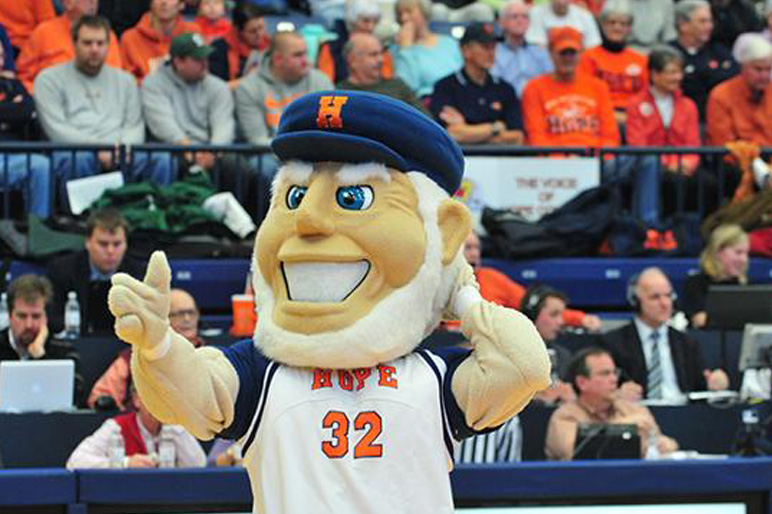
Ruggedly handsome. And what a hat! The mucho macho mascot of Hope College was created during the 2006-07 academic year for the school. Fun fact: His face is loosely modeled after a mailroom employee, Bob Bos. Founded by immigrants from the Netherlands, Hope College became known as the Flying Dutchmen since 1959 when its basketball team took a DC3 to a tournament. The women’s teams are known as the Flying Dutch. Of course.
Tommy Titan from the University of Detroit Mercy
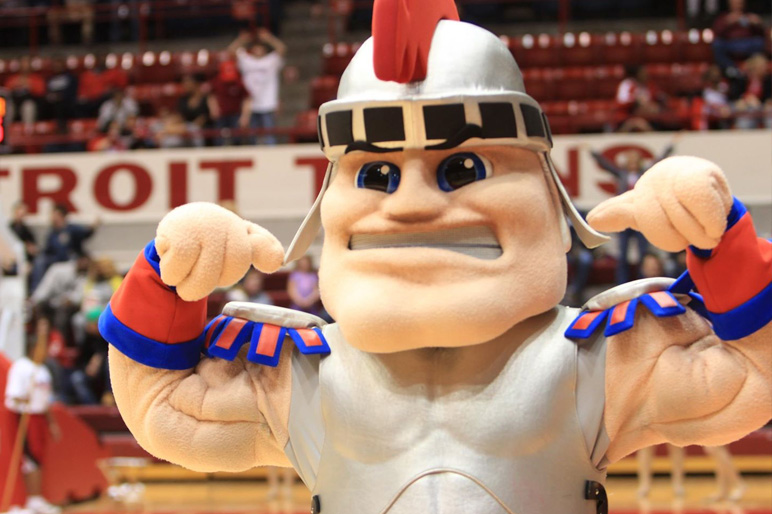
Ever try running 3.1 miles in a warrior helmet and bracelets? It’s not easy. But it’s nothing for Tommy Titan, the beloved mascot from the University of Detroit Mercy who for 28 years has had a 5K run named in his honor every November. Top that off with all the excitement of representing #DetroitsCollegeTeam, and life is pretty good for Tommy Titan.
Calvin Knight from Calvin University
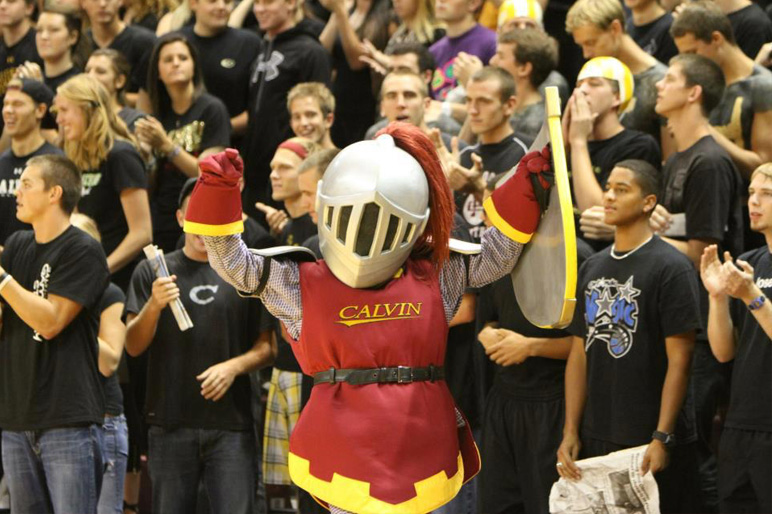
He stands for chivalry, honor and integrity. Sure. That’s true now. But he originally stood for misunderstanding. Calvin University’s mascot, the Knights, emerged in the late 1920s when a reporter from the Grand Rapids Press heard the school was populated by “Calvinites.” Ugh. Bad pun. We know. Like their counterparts at Hope, Calvin students wanted a real mascot and got one after a Facebook campaign began in the mid-2000s. Calvin Knight debuted in February 2009.
Brit the Briton from Albion College
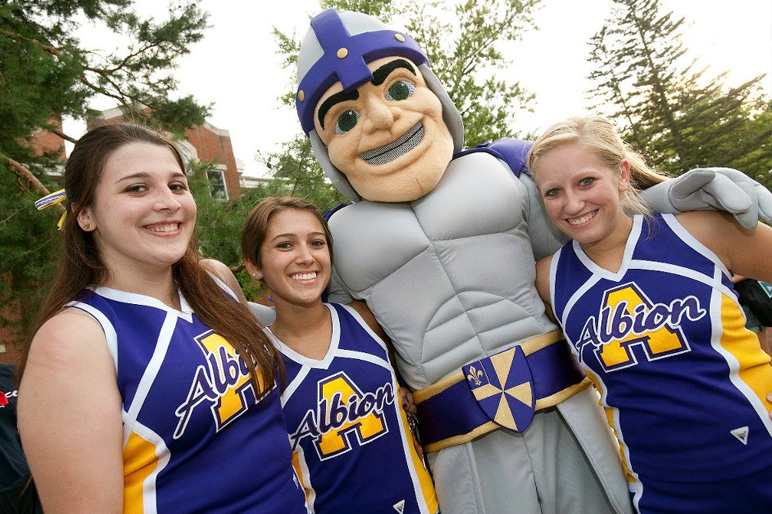
Albion College debuted this rugged fellow in the fall of 2011. The first mascot in 176 years at Albion, he was chosen, because he represents the college’s “longstanding tradition of dignity, discovery and professionalism.” He also looks smashing. Brit looks like he and Tommy Titan would be a formidable duo at tug o’ war.
Scotty from Alma College
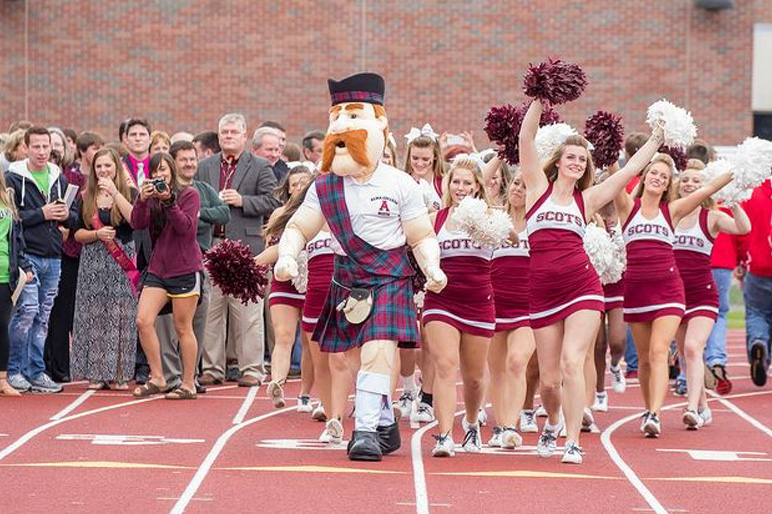
He’s got a mustache that would make Yosemite Sam jealous and Scotty from Alma College is a whole lot easier to cheer for than the “Fighting Presbyterians.” It sounds like a joke, but that was Alma’s mascot until 1931. Hard to believe as it was, but students tired of shouting, “Go Fighting Presbyterians” at football games and the student newspaper launched a three-week contest for a replacement. The winner got $5. Cold hard cash. A few years ago, Scotty got a makeover before homecoming. He’s never looked better!
Buzz the Hornet from Kalamazoo College
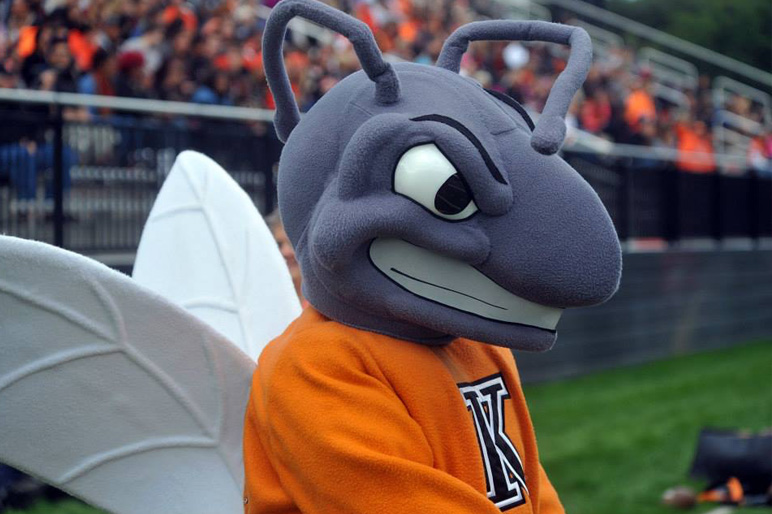
Power of the press! Kalamazoo College’s mascot got its name from – you guessed it – a newspaper reporter, this time from the Kalamazoo Gazette who said thought the football team was “buzzing around enthusiastically and stinging the opponents.” A mascot was born in 1925. Before then, athletic teams were occasionally called the Orange and Black, or even the Kazooks!
Nelson from Aquinas College
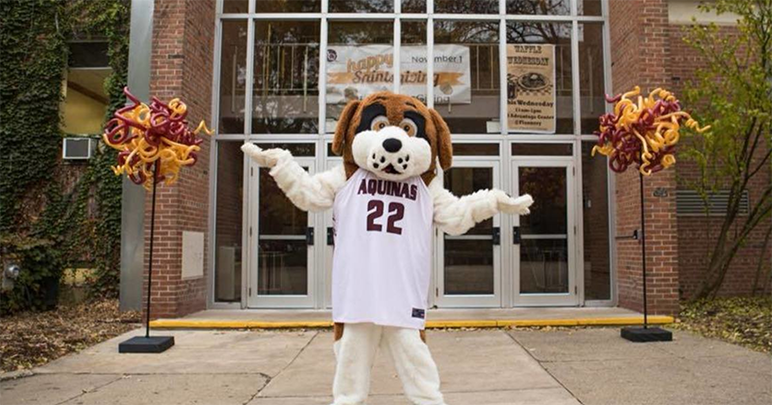 Aquinas College is known as the Saints. Their mascot is Nelson, a Saint Bernard named after the college’s fourth president, Paul Nelson.
Aquinas College is known as the Saints. Their mascot is Nelson, a Saint Bernard named after the college’s fourth president, Paul Nelson.
Charger from Hillsdale College
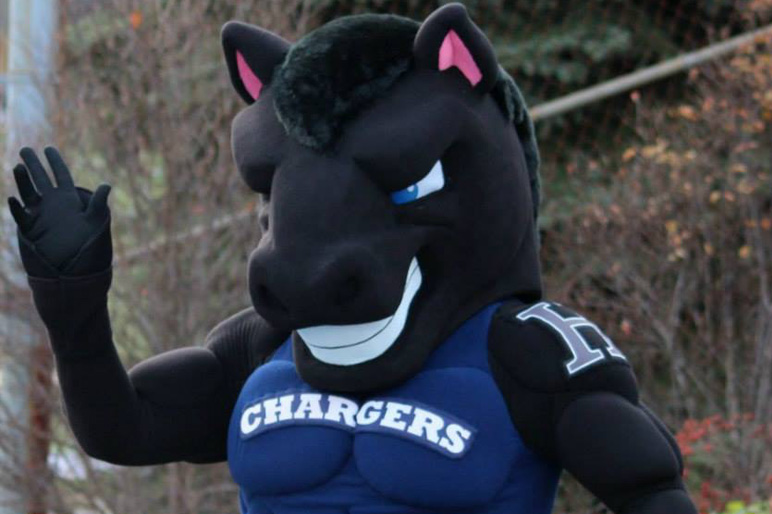
Hillsdale College students got tired of lacking a true mascot about 10 years ago and chose a horse over contenders such as a lightning bolt to represent their nickname, the Chargers.
Bruiser the Bulldog from Adrian College
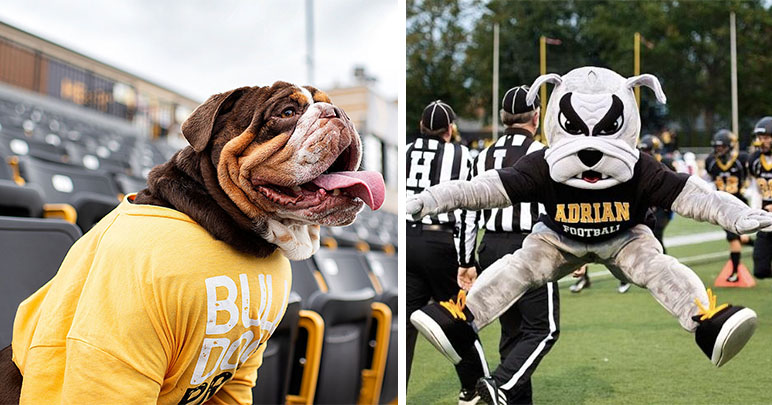 There are 36 colleges across the nation who have a Bulldog as their mascot and 16 of those schools have live mascots. But not many mascots can say they have a mascot. Bruiser the Bulldog can. Adrian College‘s adorable pup Bruiser soaks up the limelight and tummy rubs at campus events, hockey games and football games. But when the big dog on campus needs a break, a giant foam Bruiser mascot costume springs into action.
There are 36 colleges across the nation who have a Bulldog as their mascot and 16 of those schools have live mascots. But not many mascots can say they have a mascot. Bruiser the Bulldog can. Adrian College‘s adorable pup Bruiser soaks up the limelight and tummy rubs at campus events, hockey games and football games. But when the big dog on campus needs a break, a giant foam Bruiser mascot costume springs into action.
Cruzer the Crusader from Madonna University
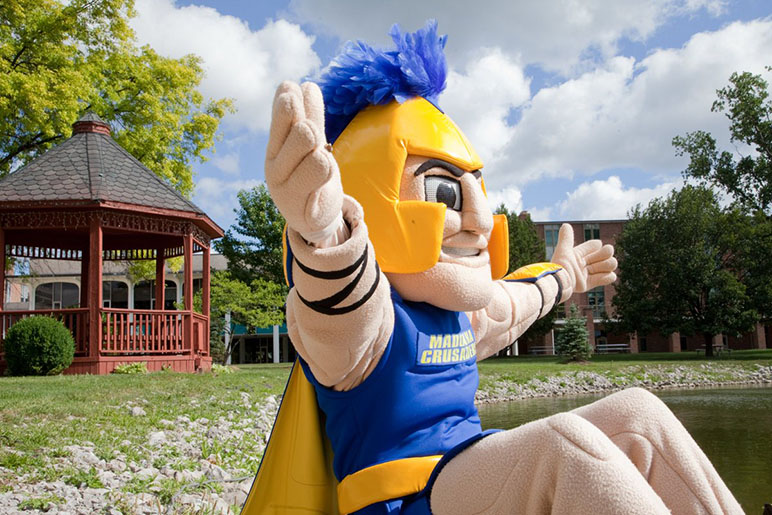 Madonna University debuted Cruzer in 2017. Cruzer enjoys cheering the Madonna Crusaders to victory, showing off his dance moves, and shooting hoops.
Madonna University debuted Cruzer in 2017. Cruzer enjoys cheering the Madonna Crusaders to victory, showing off his dance moves, and shooting hoops.
Haley and Cylde from Olivet College
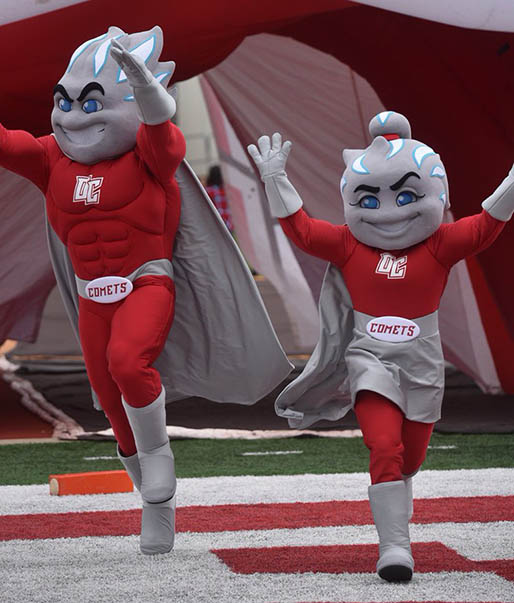
Over the years, Olivet College has had several unofficial mascots including a number of dogs and even a sheep. But in 1932, students and faculty were invited to submit names that signified action, speed and mobility – with the eventual winner being the Comets. Clyde the Comet has long been the Olivet mascot; but in 2018, Olivet introduced the first female mascot to ever represent the school – Haley.
Halo the Husky from Siena Heights University
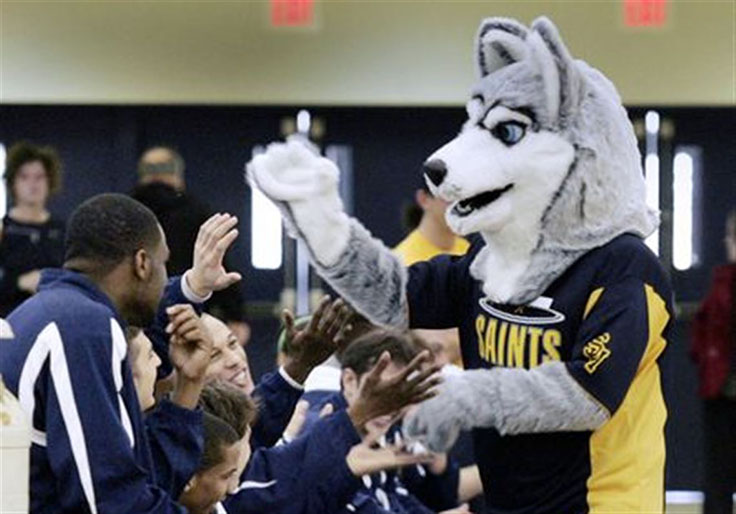
In 2008, Siena Heights University decided it needed a mascot. The school is known as the Saints. But that didn’t seem so fierce. So students voted on an alternative and came up with Halo the Husky, in part to thumb their nose at the Bulldogs of Adrian College, their cross-town rivals. “It’s kind of a shot at Adrian College, the bulldogs, because huskies are stronger and faster,” the student who submitted the winning suggestion said.
That’s just a start of the differences between big public institutions and Michigan’s top 14 independent colleges and universities, where students forge success by following their own path. The colleges are smaller and emphasize community over crowds. Often less expensive than public institutions, the independents boast higher four-year graduation rates and smaller class sizes for a truly unique and affordable experience.
Be bold. Be different. Go independent.
SAU Student Uses 3D Printer to Help Fight Coronavirus
Spring Arbor University freshman electrical engineering student Noah Waldron is using his talents and education to make a difference for those on the front lines of the fight against COVID-19. Making use of the 3D printer he created in his first year of the engineering program at SAU, Noah has printed more than 300 plastic headbands, which modify face masks to increase comfort, for the healthcare staff at Henry Ford Allegiance Health.
Noah’s mother works for Henry Ford Allegiance Health. Like many other medical professionals, she and her coworkers feel the pressure of trying to stay safe while caring for patients.
“My mom brought up an issue of the masks not fitting securely to the face and mentioned how they put a lot of pressure on the ears,” says Noah. “Sending some examples, she asked if I could create a headband that addressed these issues to make the mask-wearing experience more comfortable.”
While other bands are crocheted or sewn and feature buttons around which ear loops can be hooked, the bands Noah makes are unique to his particular interests. Produced on his 3D printer, they are made of black, flexible plastic and feature notches on each end that allow the wearer to personalize the fit of their mask. Noah’s first batch was small, only 10 bands, which his mother quickly handed out. The next batch was much larger, and it wouldn’t be his last. Noah shares that, despite their lengthy printing process (about five hours for nine bands) he plans to keep printing the bands so long as they are needed.
“The staff at the hospital are working hard to keep us safe in the fight against COVID-19,” says Noah. “Printing the headbands is one small way that I can use my skills and resources to give back.”
According to Ron DeLap, Dean of the School of Engineering at SAU, all freshmen in the program are required to build a 3D printer for use during their time in the department. When Noah built his printer, he never expected to use it to fight a worldwide pandemic just months later. That all changed in mid-March when COVID-19 began to shut down all but the most essential services.
“I had no clue I would be helping out in such a major way,” says Noah. “I originally expected to only use the printer for projects and parts we designed in class.”
Noah’s first year of college may not have gone as planned, but he feels he’s making the most of it. “if I can’t be at school, it feels good to be helping my mom and her staff,” he says.
Noah’s committment to making a difference is a mission shared by Michigan’s top 14 private colleges and universities. Students are encouraged by engaged faculty to find their passion and make an impact by following their own path. The colleges are smaller and emphasize community over crowds. All share an unwaivering commitment to helping students succeed.
Be bold. Be different. Go independent.
Alma Venture Program
Experience is everything. And Alma College is committed to making sure you have an opportunity to put what you learn in the classroom to work in a meaningful way. The College’s Center for Student Opportunity is committed to providing support services and access to practical experiences that enhance your education. In fact, the Alma Venture gives you the financial support to not just study your field, but experience it firsthand. As part of the Alma Commitment, the Alma Venture program provides up to $2,500 to offset the cost of your personalized experience.
Where will you Venture?
Your Alma Venture could take place on campus, or on the other side of the world. It could be credit-bearing—or not. The opportunities are endless!
You could travel abroad for an off-campus study program, see what it’s really like to work in your field through an internship, delve deep into a research project or, get hands-on clinical experience. Alma offers other experiential learning possibilities for students interested in leadership and service.
- See examples of the types of Alma Venture experiences you can pursue.
- View an overview of past experiences by academic area.
- Consider which type of experience is right for you and find YOUR Alma Venture.
The Alma Venture is another example of Alma College’s unwavering commitment to the success of their students and graduates. It’s the reason that Plaid Works!

